Deck & Commander Strategies
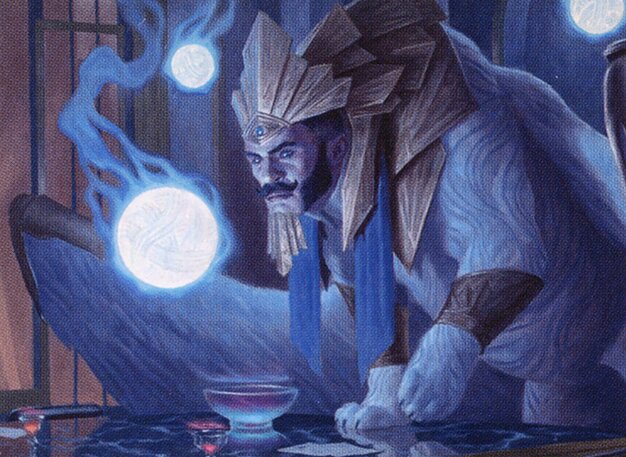
Tivit, Seller of Secrets
Leverages early risk and aggressive disruption to lock opponents out of the game, then pivots to casting Timetwister for card advantage and running away with the game.
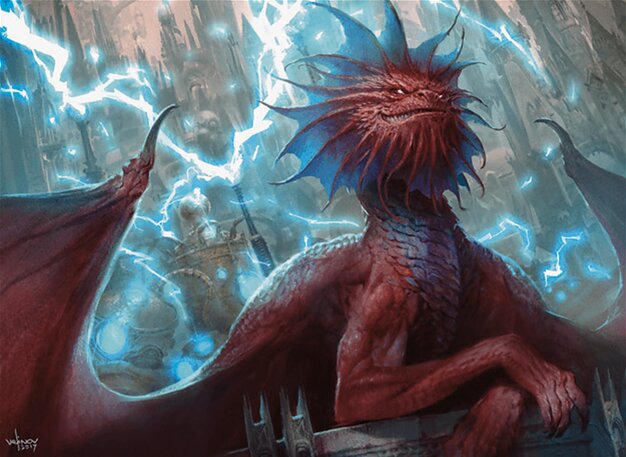
Niv-Mizzet, Parun
A control-focused deck that uses heavy interaction and incremental damage from Niv-Mizzet's ping ability to maintain board control, aiming to present infinite combos or overwhelming value to win.
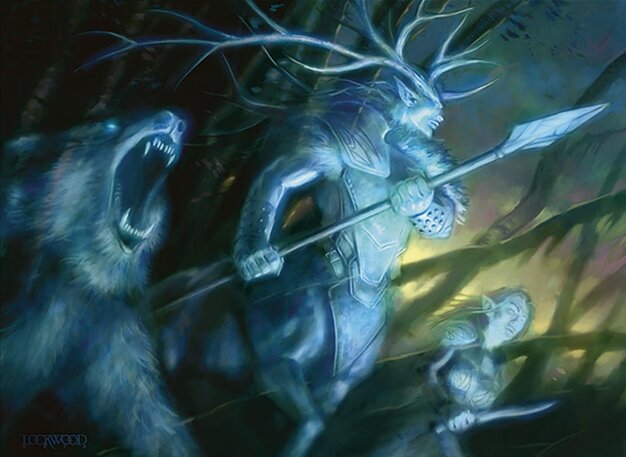
Karador, Ghost Chieftain
An Abzan reanimation deck centered around sacrificing creatures and recurring threats like Zulaport Cutthroat for incremental value and infinite life or death triggers, trying to survive the control-heavy pod to win in the late game.
Gameplay Insights
- 1
Niv-Mizzet's ping damage served as a consistent board control tool, forcing opponents to play cautiously.
- 2
The presence of two Tivit decks created a tension where trust and timing were key, as the players could theoretically support or betray each other for advantage.
- 3
Lotus Petal was a critical mana acceleration piece that enabled explosive early plays and interaction.
- 4
Karador's slower, reanimation-based strategy struggled against the trio of control decks that prioritized fast disruption and card draw.
- 5
Early use of Vampiric and Demonic Tutors allowed players to find key pieces quickly, shaping the early game tempo.
- 6
Mulligan decisions were particularly impactful given the competitive nature of the pod and the importance of early interaction.
Notable Cards
-

Niv-Mizzet, Parun
-

Tivit, Seller of Secrets
-

Karador, Ghost Chieftain
-
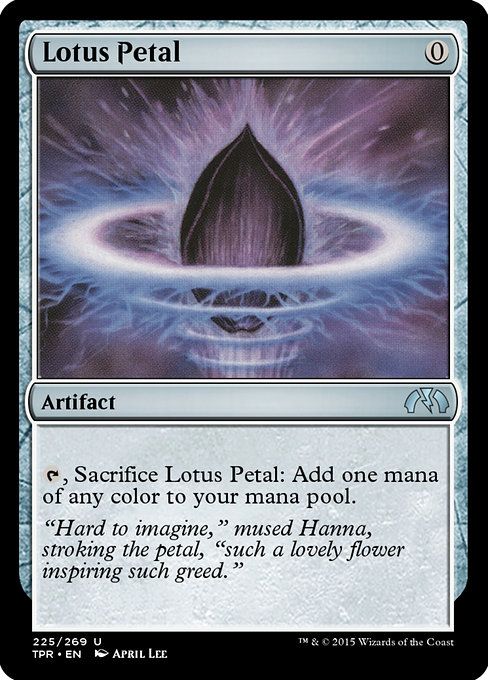
Lotus Petal
-
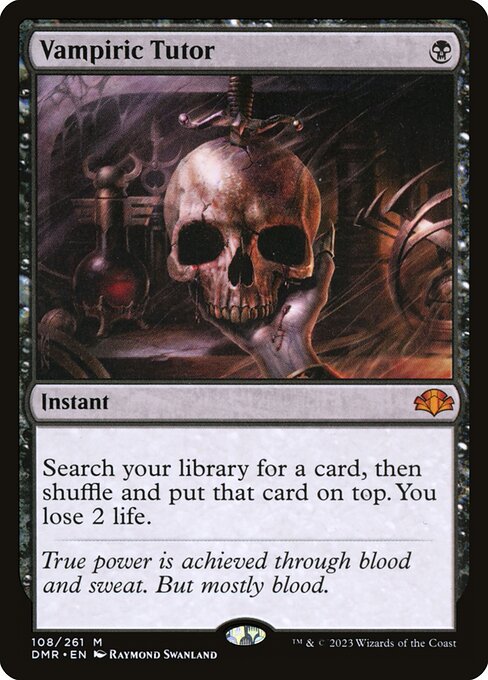
Vampiric Tutor
-

Demonic Tutor
-
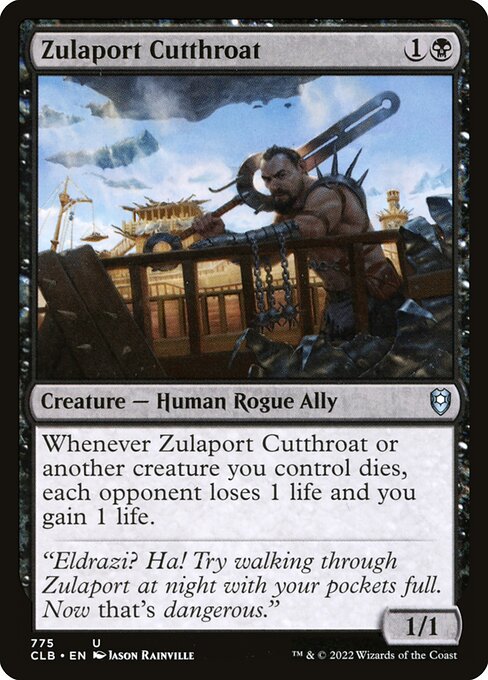
Zulaport Cutthroat
-
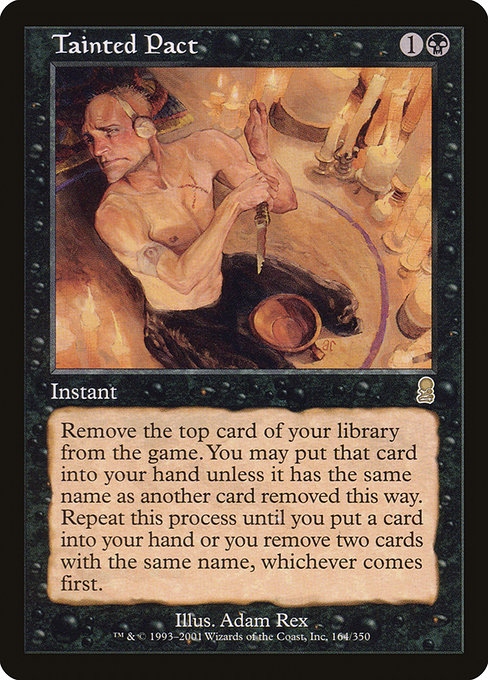
Tainted Pact
Gameplay Summary
The game is a competitive EDH (cEDH) league match featuring four powerful commanders: two Tivit, Seller of Secrets decks, Niv-Mizzet, Parun, and Karador, Ghost Chieftain.
Early on, the control-heavy nature of the pod became apparent with both Tivit players and Niv-Mizzet focusing on strong card draw engines and disruption.
Niv-Mizzet's ability to control the board by pinging creatures and opponents helped maintain tempo, while the Tivit players aimed to capitalize on early risk-taking and interaction to lock down opponents.
The Karador player faced an uphill battle due to the heavy control environment and was forced to rely on explosive plays or a slow reanimation strategy to survive against the relentless card advantage and counterspells from the other decks.
The game featured pivotal moments where key counterspells and tutors shaped the flow, with threats like Lotus Petal enabling explosive turns.
Despite the late play position of Niv-Mizzet, the deck proved resilient through steady interaction and control elements.
The match highlighted the tension between fast combo-like aggression and reactive control strategies, with players carefully navigating trust and timing amid potentially toxic synergies, especially between the two Tivit decks.























![Random Deck Roulette Part 2 [Commander VS 292] | Magic: The Gathering Commander Gameplay thumbnail](https://i.ytimg.com/vi/hLpAcqwvWD0/sddefault.jpg)


![Commander VS S13E3: Skullbriar vs Niv-Mizzet vs Tuvasa vs Etrata [EDH] thumbnail](https://i.ytimg.com/vi/5EGIlbpfVkE/sddefault.jpg)



![Wilson Gruul vs. Tivit Control [Duel Commander-EDH] - Magic: The Gathering thumbnail](https://i.ytimg.com/vi/TnwOjx79osI/sddefault.jpg)

